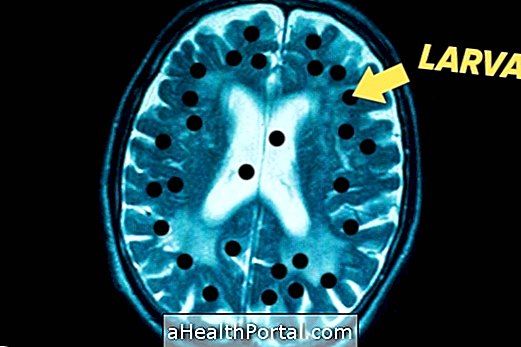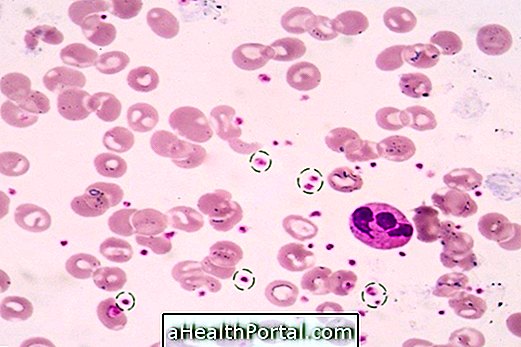The coombs test is a type of blood test that evaluates the presence of specific antibodies that attack red blood cells, causing them to be destroyed and may lead to the onset of a type of anemia known as hemolytic.
There are two main types of this exam, which include:
- Direct Coombs test : directly evaluates red blood cells, checking for antibodies to the red blood cell, and whether these antibodies are derived from the person's own immune system or received by transfusion. This test is usually performed to detect autoimmune hemolytic anemias - See which symptoms may indicate hemolytic anemia;
- Indirect Coombs test : evaluates the blood plasma, identifying the antibodies present, and is usually requested in transfusion situations, to ensure that the blood to be donated is compatible with the recipient.
In addition to anemia, this test may also help identify other diseases that affect blood cells such as leukemia, lupus, mononucleosis and fetal erythroblastosis, also known as hemolytic disease of the newborn, as well as identify risk of transfusion reactions. Learn more about fetal erythroblastosis.

How is the exam done?
The Coombs test is performed from a blood sample, which must be collected in the clinical laboratory. The collected blood is sent to the laboratory, where the direct or indirect Coombs test will be performed, depending on the objective.
In the direct Coombs test, the Coombs reagent is added to the patient's blood, allowing the visualization of antibodies that may be bound to the red blood cells. In the indirect Coombs test, the blood is collected and centrifuged, separating the red blood cells from the plasma, which contains the antibodies. Plasma 'pre-labeled' red cells are added to the plasma to check for autoantibodies present in the plasma and, consequently, in the blood of the patient.
Coombs testing does not require any preparation, however, some medications may interfere with the result, so it is important to tell the doctor your use so that advice can be given about your suspension.
What does the result mean?
The result of the Coombs test is negative when there is no antibody that causes destruction of the red globes, and therefore is considered a normal result.
However, when the result is positive, it means that there is antibody in the blood and so if the result is positive in the direct Coombs test it means that the person may have a disease such as:
- Autoimmune hemolytic anemia;
- Mycoplasma infection;
- Syphilis;
- Leukemia;
- Lupus erythematosus;
- Mononucleosis.
Already, in the case of indirect Coombs test, the positive result means that the person has an antibody that can cause clots when receiving another type of blood and, therefore, one must be careful when making a blood transfusion. See the risks of blood transfusion.
In any case, it is always important that the result is evaluated by the doctor who asked for it, since some antecedents of the person can alter the result.


























